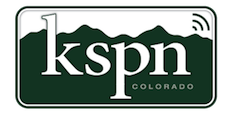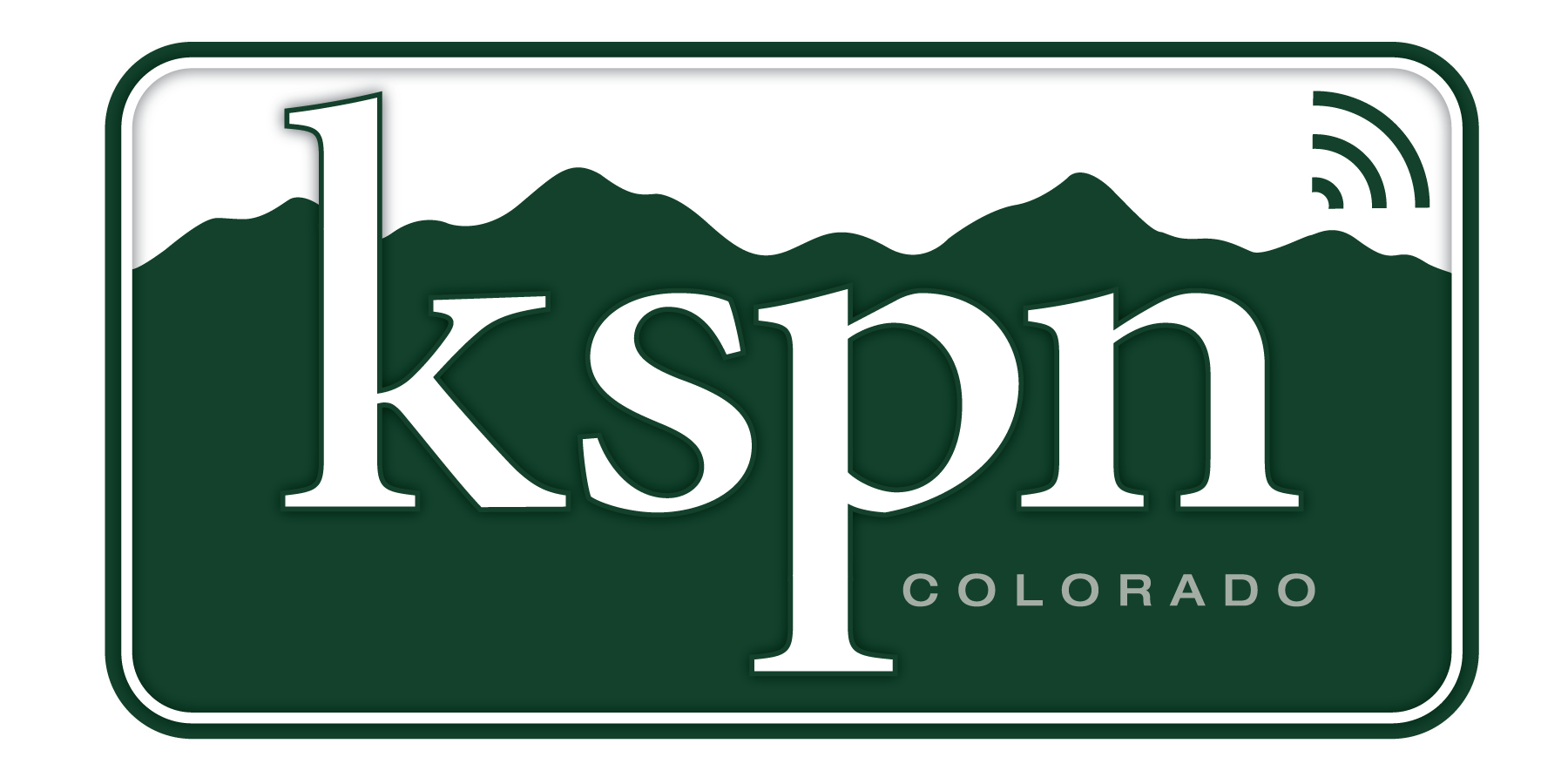
Anna Stonehouse/The Aspen Times
BRECKENRIDGE — When it comes to fundraising for Colorado’s snow and avalanche safety community, Saturday’s Colorado Avalanche Information Center Benefit Bash at the Riverwalk Center in Breckenridge is the backcountry skiing equivalent of the Daytona 500: a season kick-off party you don’t want to miss.
In the wake of record-breaking October snowfall and on the heels of a March avalanche cycle for the history books, the Friends of CAIC — a nonprofit organization that financially supports the CAIC — raised $111,000 to break the million-dollar mark for the event’s 12-year run, which was the goal heading into Saturday night.
Friends of CAIC Executive Director Aaron Carlson said the fundraising arm of the avalanche forecasting center has grown each year, topping out at $615,000 last year after the planned fundraising campaign coincided with a prolific avalanche season. Broadcast television reporters drove up and down Tenmile Canyon, spring-loaded for the next slide. Interstate 70 closed for unprecedented periods of time. Carlson got text messages from people asking him if they thought it was safe to drive west to Copper Mountain or Vail.
“I think the CAIC touches a lot of people that don’t even know about it,” Carlson said. “So I think what last March did for us is really open people’s eyes to the fact that there is this program in the state of Colorado. It is a state program largely funded by the state, but there is also this nonprofit arm that helps fundraise to push avalanche safety forward in Colorado. And we did see a big influx in donations last spring but also more once it started snowing this fall. I think a lot of people got really excited about the snow in October.”
The CAIC and its fundraising arm are hopeful October’s snowfall reminds backcountry recreators how fickle our mountain snowpack can be. Carlson said the fundraising goal this year is bumped up to $700,000 — 13.8% more than the group brought in last year.
CAIC Director Ethan Greene said avalanche activity has returned to the state thanks to weak snow on the ground near and above tree line. That’s the snow that fell in the October storm and has been sitting on the ground ever since. Now that there is new snow on top of that, we’re again starting to see human-triggered avalanches without a whole lot of more snow on top of it.
“That problem is not going to be going away. It’s really only going to be getting worse over the next month or so as we start to build the snowpack. We already had this weak layer.”
Greene explained how October snow is not good for those concerned with avalanche conditions. More often than not, it tends to create a problematic avalanche season. That doesn’t always happen, Greene said, but it depends on how everything unfolds. But what folks like Greene would like to see is when it starts snowing, it’s best when it doesn’t stop.
Whether that will cause us problems for another month and go away or plague us through the whole winter, we just don’t know yet,” Greene said.
Helping to soak important, applicable information out of the uncertainty of our continental snowpack is the core mission of CAIC. Funds raised Saturday night and at subsequent mountain town fundraisers over the next few weeks will go toward funding four seasonal forecasters at the center and the production and technology that goes into the CAIC mobile app. More money means a better forecasting platform on the CAIC website and a wider reach for the Know Before You Go and Know Before You Go To Work avalanche education programs for children and adults.
Ultimately, Carlson said Friends of CAIC has a goal in the next five years to grow another third in terms of sheer financial bankroll, to become a $1 million per year organization. If and when it does, the number of backcountry forecasters would jump to 10 and the nonprofit would further improve its interface between its mobile and web applications.
As the fundraising fight continues, Greene and Carlson said the most important takeaway from last year was the communication with the public. Namely, the widened eyes of people who traditionally wouldn’t have cared about avalanche knowledge was a good thing for the state and its eternal effort to keep people safe.
“I think it’s really important that even if you don’t recreate, if you’re driving through the mountain corridors of Colorado that you consider supporting the Avalanche Center via the Friends of CAIC,” Carlson said.

